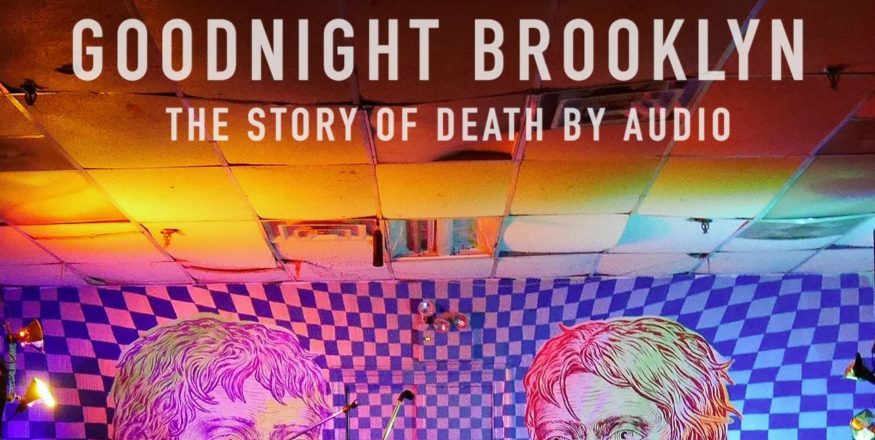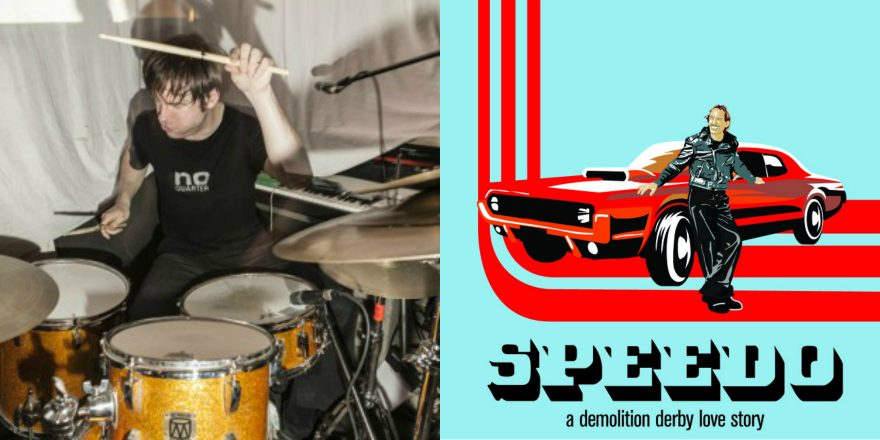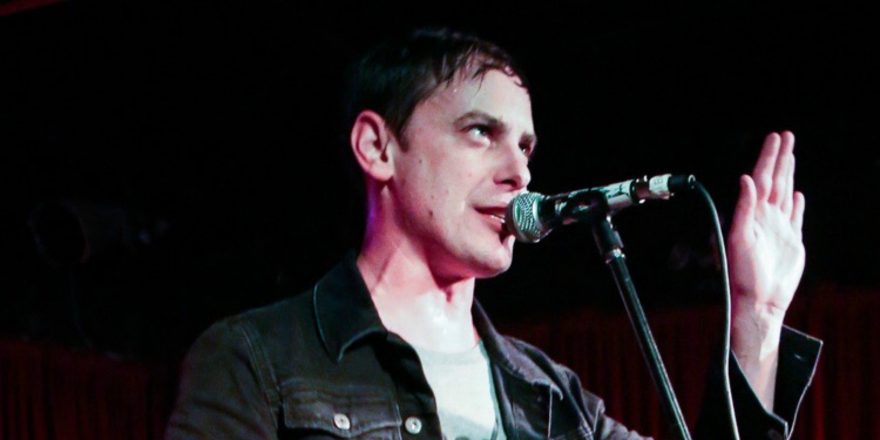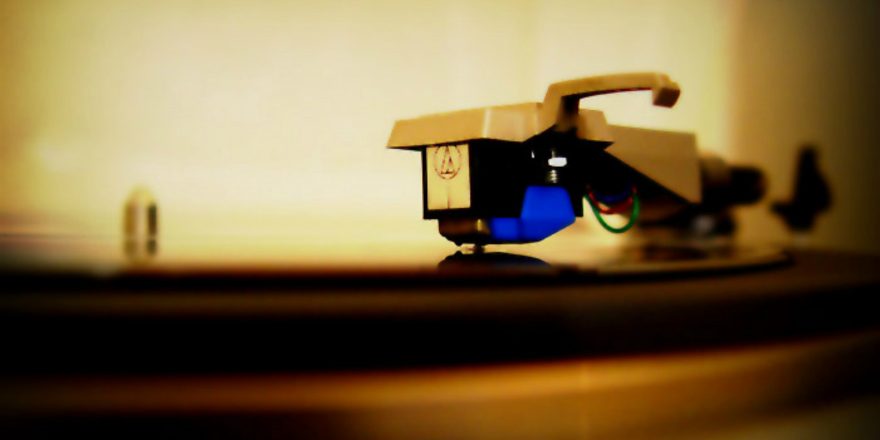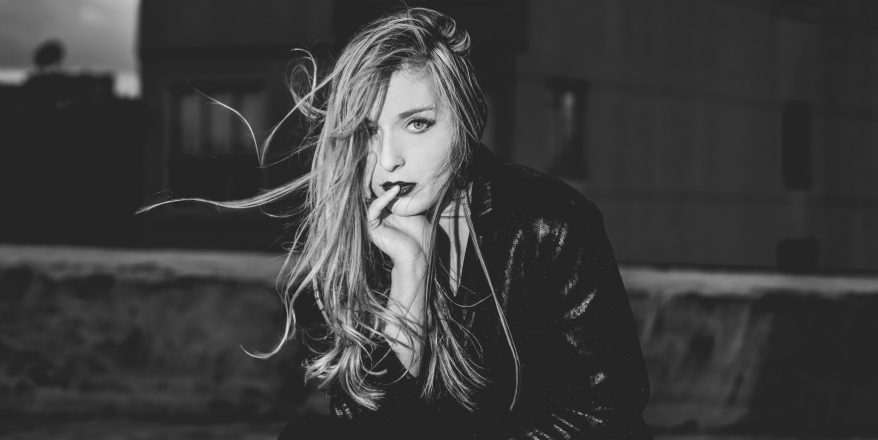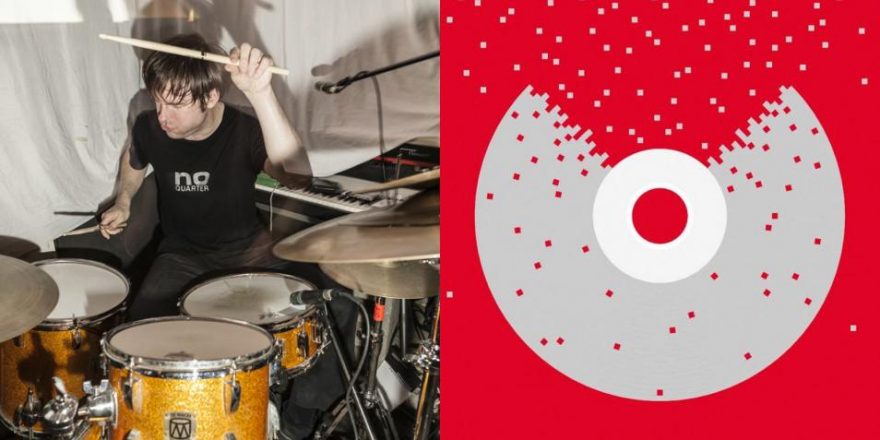“I can’t believe that money is any sort of proper reward for art. Art seems to me just like something you do because it makes you feel good to do it or because it excites you or because you learn something about it.”
— Diane Arbus
As I watched the elegiac new film Goodbye Brooklyn: The Story of Death By Audio, I was greeted by feelings of recognition, awe, nostalgia, regret, cynicism and despair. The film uses the beloved Williamsburg, Brooklyn, DIY show space as a platform to reveal what’s lost when the remorseless engine of commerce grinds through the New York City real estate marketplace.
I’ve been a part of a number of DIY spaces with varying levels of engagement since 1996. With lots of community help, I’ve built two rehearsal space/studios (and been a part of a third) that my band Oneida has used and inhabited. And, over the nearly twenty years of our existence, we’ve played countless DIY spaces around North America and beyond. Like a lot of Mom-and-Pop establishments, sometimes these spaces are less efficient than their corporate counterparts, but, by and large, they are made up of people who actually place art and community above commerce — and are probably the main reason I find myself still doing this kind of thing today.
As such, I’m the guy in the room who thinks 41-year-old Brooklyn show promoter Todd P is a “recent” DIY dude and the seven-and-a-half-year-old Death By Audio was a “new” space (that also happens to be gone). In the film, director and founder of Death By Audio Matt Conboy says: “I hope I don’t turn into one of those people who talks about how much better things were in ‘their day.’ Shit’s really boring.” I hope I’m not that guy, either — though I happen to be older.
I’m not here to say that things used to be better. I also know that there are countless idealists who have come before me and my tiny (and negligible) scene, and there will doubtless be countless more to follow. I respected DBA. I felt supported and appreciated at DBA: by the soundman and general manager Edan Wilber, the bartender Gavin Schneider and everyone else at the space. I played there a number of times in a number of different capacities, and it’s sad to recognize that I took it for granted. Watching this carefully crafted tribute at least had me feeling that viewers with no relationship to Brooklyn DIY or Death By Audio might be inspired by the model here.
For those of you with shorter memories who blithely proclaim the inevitability of the next crop of DIY spaces, there was a time in the ’90s when Williamsburg had very few spaces for bands to play (DIY or otherwise) aside from the Charleston, a venue (still there!) with little charm outside of the decrepit bartender’s “one drink minimum” harangue as soon as you crossed its filthy threshold. For the kind of music Oneida was interested in making, there were only a couple of venues to play that weren’t crass and exploitative. Brooklyn was not part of the cultural conversation AT ALL. It’s very hard for people to understand this now. But with a kind of chip-on-our-shoulder mentality, we proudly associated ourselves with the borough where we lived. Saying, “We’re Oneida from Brooklyn, New York” from the stage was extremely unusual at the time. People would laugh at it. No mainstream media sources were acknowledging music from this borough until 2001 or so.
So out of a dire necessity, because absolutely no one at any official clubs would book us, Oneida only played DIY shows in Brooklyn.
So out of a dire necessity, because absolutely no one at any official clubs would book us, Oneida only played DIY shows in Brooklyn. But lest you think that nothing has changed, I want to be clear that the DIY scene in the ’90s was smaller and less established; there were definitely not shows every night of the week like there are now.
We ended up loosely associated with a bunch of transplanted Texans who called themselves the Good/Bad Art Collective. We also connected with the people who ran a place called Rubulad, which was then a basement space on South 5th between Bedford and Driggs Avenues that threw monthly rent parties. In a strange turn of events, as I write this piece, Oneida has a studio in the new Rubulad space in Bushwick (which was the old Secret Project Robot).
A number of years before Death By Audio emerged, DIY was a way of life for Oneida. We wanted to play shows in front of people, so we had to will something to happen. As Samuel Herring of Future Islands tells the audience gathered at DBA in Goodnight Brooklyn, through our participation in these DIY parties we’d found a kind of “home.”
But, through it all, I learned that alongside these parties, New York City can also be a horrible place. It’s soul-crushing. It’s ruthless to your dreams, ravages your naiveté and flays your passions before you climb out of bed in the morning. But in hell is also the potential for great transcendence, as this film deftly illustrates. There’s something delightful and uncanny about the way the team at Death By Audio leverages their misfortune into a month-long Irish wake. They staged a fantasy that many of us idly dream of: they were a witness to their own funeral and recorded the eulogies. The film’s collection of spirited concerts is offset by the space’s imminent demise at the hands of Vice Media, the mostly silent villain figure here.
Perhaps Vice is just too gargantuan to give a shit.
In 2014, it became clear that Vice Media was taking over a chunk of real estate in Williamsburg that harbored a number of performance venues. There was a lot of talk about the rich irony of this situation. Vice has built its potent brand on its access to the youth demographic, and has featured Death By Audio and the associated bands and businesses in a number of print and video features in the years leading up to DBA’s eviction. Vice has not spoken at length about this situation, and we can make numerous assumptions why. Perhaps its hand in the ousting of DBA and other spaces does not quite jibe with its counter-cultural facade and could do some damage to their valuable brand. Or perhaps Vice is just too gargantuan to give a shit. They have an ocean of bigger fish to fry. I reached out to them for comment but did not hear back.
It was not lost on me that many of the featured bands in Goodnight Brooklyn (Lightning Bolt, Les Savy Fav, Deerhoof, John Dwyer and Thee Oh Sees) were from an older generation than most of the DBA staff. Director Matt Conboy told me he wanted to give context to the scene they created, and place themselves on a kind of DIY continuum. Their final month featured some of the most stalwart bands of the late ’90s, early 2000s DIY generation, which of course isn’t THAT long ago. Ex-Talkhouse editor-in-chief Michael Azerrad — and author of the definitive document of ’80s/early ’90s indie DIY rock, Our Band Could Be Your Life: Scenes from the American Indie Underground, 1981-1991 — is in the film, lending gravitas and further context to the DBA endeavor.
Of course, Lightning Bolt is a major support column in the film; Brian Chippendale was one of the founders of one of the most influential DIY spaces in the ’90s, Providence, Rhode Island’s Fort Thunder. DBA’s Oliver Ackerman went to Rhode Island School of Design from 1995 to 1999 and visited that legendary space a few times, and DBA was certainly one of Fort Thunder’s many progeny both in practice and aesthetics. Oneida played there once and it was a chaotic and truly inspiring place. Lightning Bolt is perhaps this movement’s unassailable sui generis icon, the standard-bearers who will be remembered long after they are gone. They are brilliant, fun, technically untouchable and loud as hell.
As I witnessed the hardships that DBA faced, I felt awe at their perseverance.
Once Vice Media stepped in and the building was prepared for their arrival, the film becomes a Herculean battle between the construction crews who are trying to do their jobs (and sometimes make destructive mistakes) and the residents of Death By Audio, who are under constant humiliating assault from dust, noise, burst pipes and vague threats of early eviction. As I witnessed the hardships that DBA faced, I felt awe at their perseverance. For instance, the day of one of their biggest shows, a construction crew severed a major water pipe above the performance space, and we’re privy to an all-hands-on-deck cleanup right before Les Savy Fav takes the stage. Then, as if that’s not enough, later on in the month, director Matt Conboy’s room is flooded and everything he owns is destroyed. He’s shown yelling impotently, “My whole life! Everything I own is covered in water!” The madness and futility of the circumstance is laid bare. Even as a viewer safely removed from the situation, I felt a kind of parental pain. I wanted to make this kind of suffering go away. I’ve been through floods, evictions, rushed moves, losing huge swaths of my possessions, and the kind of bland indifference that accompanies these events and the complete lack of empathy that attends this destruction. As of this writing, according to Conboy, neither Vice nor the construction companies have paid for the damages.
The construction workers and the residents of DBA ended up on opposite ends of a battle that they didn’t even realize they were fighting. The landlord’s callous indifference to the fact that the members of DBA propped up the space when it was more or less uninhabitable meant absolutely nothing once the building was engulfed by the Williamsburg real estate explosion. This is unbridled capitalism. There are losers, there are winners and it’s clear who comes out on top.
But the filmmakers made a concerted effort not to make this film about Vice Media; they were disciplined about keeping the focus trained on Death By Audio, its unlikely existence and the love and support their project garnered. The melancholic tone of the final few minutes of the film is accompanied by the almost unbearable vulnerability of director Conboy and engineer Edan Wilber. The camera does not pull away from their tears; we’re meant to sit with their loss.
Who knows what the future will bring? Oneida’s rent is going up, I know that much.
This film comes at a time when Secret Project Robot, the space Oneida has been associated with for over fifteen years, is being pushed out of its Bushwick space because of a rent hike (and this is among similar stories in Brooklyn these days). It’s mundane and it’s easy to get exhausted by it all. The space proprietors, Rachel Nelson and Erik Zajaceskowski, have been martyrs to the cause of DIY for most of their lives in New York. They’ve supported Oneida and my associated projects for years! In a few short weeks, that home will be transformed, and thankfully is being taken over by Rubulad, the group Oneida originally partnered with when we started out.
Who knows what the future will bring? Oneida’s rent is going up, I know that much. I do know that community and the support of the arts beyond the reach of commerce is an idealistic pursuit with rewards that far surpass the accompanying indignities. We see this in a final scene with Wilber as he realizes that his cherished memories transcend DBA’s forced exile.
But despite these small victories I still found myself shocked by the film’s final title sequence slow reveal:
“Every great city has a space like Death By Audio.”
Pause
“If yours doesn’t, you should start one.”
Why was I shocked by this? Twenty years of this kind of thing in New York has been a long time, with many ups and downs. I can’t imagine shouldering the hardship these idealists endured. But thanks to Goodnight Brooklyn, I’m galvanized to take another step forward.


